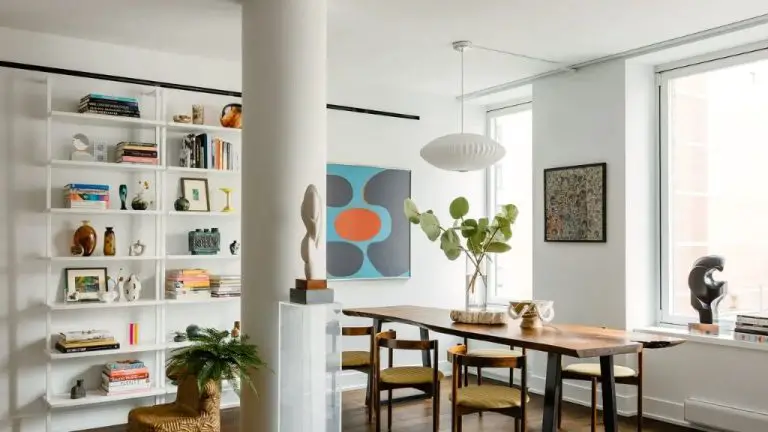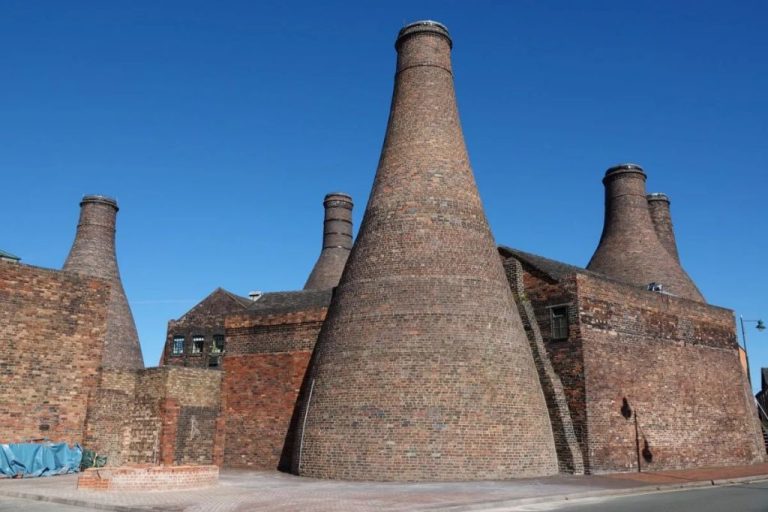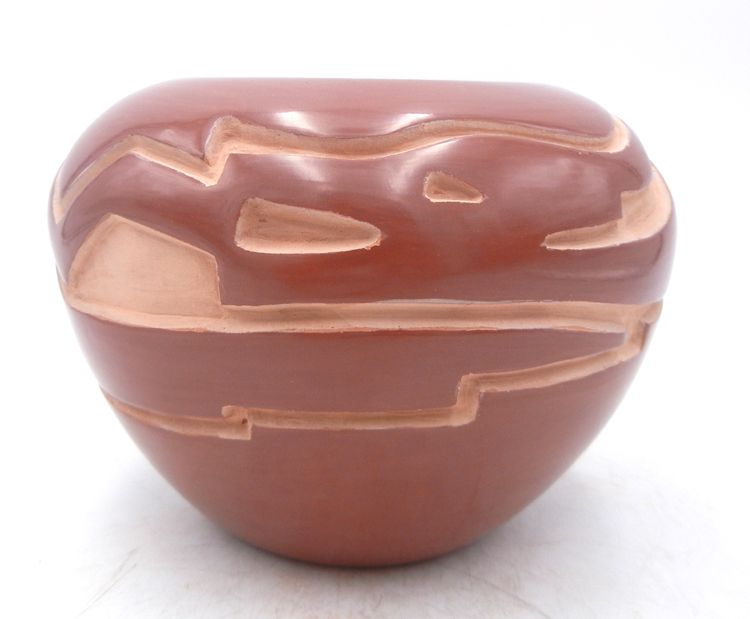What Can You Use To Make A Heart Model?
Understanding heart anatomy and how this vital organ functions is an important part of learning about the human body. The heart is responsible for pumping oxygenated blood and nutrients throughout the body via a network of blood vessels. It works tirelessly to circulate blood to all parts of the body, providing cells with the essentials they need to carry out their functions.
Building a model of the heart is an engaging hands-on activity that allows you to gain insight into the structure and mechanics of the heart. As you work through the steps of crafting a heart model, you’ll learn about the different chambers and vessels, how blood flows in and out, and how the valves control circulation. A well-made model provides a 3D representation that enhances comprehension of the heart’s key features and processes.
Materials Needed
Making a model heart is a fun hands-on activity that allows you to better understand the structure and function of the human heart. To create your model heart, you’ll need some simple craft supplies that can be easily shaped and connected. Here are the main materials to gather:
- Playdough or clay – This modeling compound can be sculpted into the different chambers and vessels of the heart.
- Toothpicks – Use these to represent the arteries and veins entering and exiting the heart. Toothpicks can easily be inserted into playdough or clay.
- Rubber bands – These are perfect for making the valves of the heart that open and close between chambers.
- Straws – Straws cut into pieces can represent the major vessels around the heart.
- Paper – Sheets of paper can be cut, folded, and shaped into the thin walls that separate the heart’s chambers and valves.
With just these simple supplies, you’ll have everything you need to craft a model heart that helps bring cardiac anatomy to life!
Making the Chambers
When making a heart model, the two main parts to focus on first are the left and right ventricles and atria. These four chambers make up the bulk of the heart’s structure. To form them, take your clay and divide it into four equal sections. Roll two pieces into a rounded cone shape to create the ventricles. Then roll the other two pieces into more shallow dome shapes for the atria. Make sure to keep track of which ones will be the left and right sides. Attach a toothpick halfway down into each chamber, standing straight up. This will help connect the chambers later. Shape and smooth the clay as needed until you have a left and right ventricle and atrium.
Adding Major Vessels
To add the major blood vessels to your heart model, use toothpicks and straws to represent the arteries and veins. For the aorta and other arteries, cut toothpicks into pieces of varying lengths to simulate the branching pattern of arteries throughout the body. Cut some pieces longer for the ascending aorta, arch of the aorta, and descending aorta. Cut smaller pieces for the coronary arteries. Glue or tape the toothpick pieces into position extending out from the left and right ventricles.
For the veins, use straws or flexible tubing to represent the superior and inferior vena cava bringing blood back to the heart. Cut pieces of straw to the proper lengths and attach them returning blood to the right atrium. With different sizes and colors of straws, you can mimic the venous circulation returning blood from the head, arms, torso, and legs back to the heart.
Attaching the Chambers
To join the heart chambers together into a full heart model, you’ll need to attach the left and right ventricles to the left and right atria. Make sure to leave the openings where the valves will eventually go unobstructed. This is important so you’ll be able to thread the chordae tendineae (heart strings) through later on when adding the valves.
Start by lining up the bottom of the left atrium with the top of the left ventricle, and secure them together with tape, glue or staples. Do the same for the right side. The atria should sit neatly on top of the ventricles now. You may want to test the openings by poking your finger through to ensure there is a clear path between the chambers. This is essential for proper blood flow in the final model.
Once the chambers are joined, the basic structure of the heart is complete. But we still need to add the veins, arteries and valves to really bring it to life. The openings we left will allow us to add these components and connect the whole circulatory flow.
Including the Septum
The septum is the wall that divides the left and right sides of the heart. To model the septum in your clay heart:
- Roll out a long, thin piece of clay about 1/4 inch thick.
- Press one side of the clay strip against the inside of the right chamber, letting it extend from the top to the bottom of the chamber.
- Gently press the other side of the clay strip against the inside of the left chamber, again letting it span from top to bottom.
- Smooth and blend the septum into the sides of both chambers so there are no gaps between the chambers.
The septum allows the left and right sides of the heart to contract separately. It prevents oxygen-rich blood from mixing with oxygen-poor blood as it flows through the chambers of the heart.
Adding Valves
Valves are a critical component of the heart that allows blood to flow in only one direction through the heart’s chambers and out to the rest of the body. To model the valves in your homemade heart, you can cut flaps out of paper and attach them to the openings between chambers.
Start by cutting rounded triangles out of thin paper or cardstock. The wider base of the triangle should be slightly smaller than the opening you want to attach it to. Use sturdy paper or cardstock so the flaps stand up nicely when attached rather than flopping over.
Next, use tape, glue or staples to securely attach the triangle flaps on either side of the openings, with the pointed tip hanging down into the opening. Attach 2-4 flaps around each opening depending on the size. Make sure not to completely block the opening, as the flaps need room to swing open and closed.
Once attached, the paper flaps should swing smoothly to allow flow in only one direction, mimicking the function of the heart valves. You can test it out by gently blowing air through each opening and watching the flaps open in the proper direction.
Adding movable valves to your model really brings it to life! It’s a great way to understand how these important components regulate blood flow through the real heart.
Finishing Touches
Once the main structure and major vessels are in place, you can add some finishing touches to complete your heart model and make it easier to visualize how blood flows through it. Some key finishing touches to consider:
Vessel Labels – Use tags or stickers to label the major vessels such as the aorta, pulmonary artery, pulmonary veins, and vena cava. This makes it easy to identify the different parts of the heart. Color coordinate the labels with the vessels.
Color Coding – Use different colors to represent oxygenated and deoxygenated blood. For example, make the pulmonary arteries and veins blue to show they carry oxygenated blood to and from the lungs. The aorta could be red to indicate it carries oxygenated blood. The vena cava could be purple to show it returns deoxygenated blood to the heart. This color coding will reinforce blood flow.
Adding labels and color coding help turn your model into an interactive learning tool. With a well-labeled, color coded heart, you can visually walk through and explain the flow of blood step-by-step. It becomes much easier to understand systemic and pulmonary circulation. Take time with these finishing touches to maximize what you can learn from the model.
Bringing it to Life
Once your heart model is fully assembled, it’s time to bring it to life by simulating the flow of blood. Start by gently squeezing the left and right atrium chambers. This pushes blood into the left and right ventricles below. Then squeeze the left and right ventricle chambers. As you apply pressure, you’ll see the heart valves swing open, allowing blood to flow from the lower chambers into the pulmonary artery and aorta above. Continue alternating squeezes between the upper and lower chambers to mimic the beating of a real heart.
Adjust the force of your squeezes to change the speed of blood flow. Try a slow, steady rhythm or quicken the pace to simulate exercise. Observe how the valves open and snap shut to prevent backflow. This hands-on pumping action vividly demonstrates how the heart muscles contract and relax to continuously circulate blood throughout the body.
As you bring your model to life, you gain an appreciation for the ingenious engineering of the human heart. Every squeeze, valve flap, and drop of blood replicates an incredible natural process that sustains us each and every day. Your homemade heart operates as a creative educational tool to study and appreciate this vital organ we all depend on.
Learning from Your Model
A handmade heart model allows you to observe the inner workings of the human heart up close. As you examine your model, consider the following aspects:
-
Watch how the different chambers and vessels are connected and trace the flow of blood through the heart.
-
Notice how the valves open and close to prevent backflow of blood.
-
See how the contractions of the chambers propel blood to the lungs and body.
-
Understand how the septum separates the left and right sides of the heart.
-
Appreciate how oxygen-rich and oxygen-poor blood flow through separate chambers and vessels.
-
Visualize how the heart provides the driving force for circulation.
Crafting a model heart makes the anatomy more tangible and helps cement knowledge through hands-on learning. Observing the model can reinforce what you’ve studied about heart structure and function.





